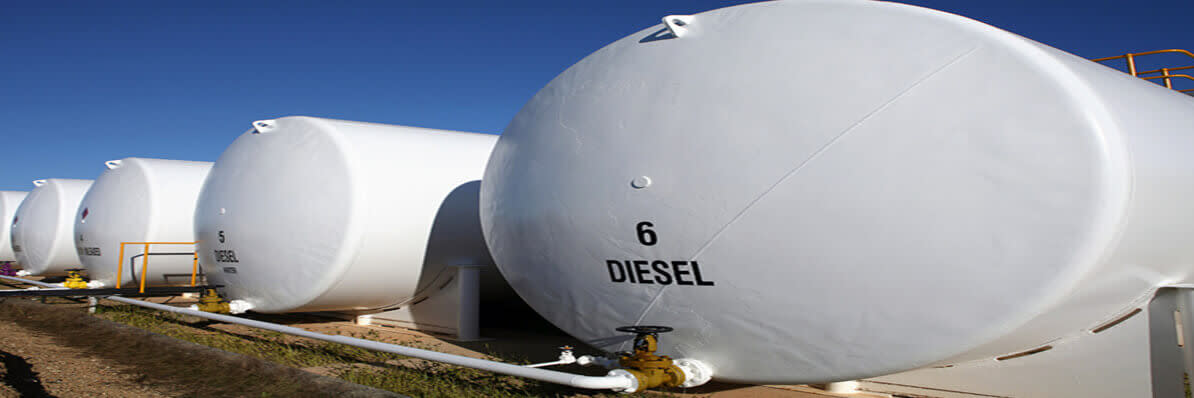The role of diesel in the future
While the future seems to be focussing much more towards alternative fuels, switching over to new fuel technologies will, and should, take time. Whether operating cars, vans or the largest trucks, the elements driving decision-making are complex. Businesses have traditionally invested significantly in making the right fleet management choices, whether this relates to the type of vehicles purchased, the make and model, fuel type, operating model or the duration of lease/ownership. All of these factors are usually well considered and based on significant experience.
So, as new technology is increasingly available, what does this mean when thinking about future fleet decisions? It means complexity, and it certainly means risk. Without question, we all have a responsibility for the global environment and fleet operations are an important part of the global footprint, but as a business, you also have to survive, compete and build a strong base to attract ongoing investment.
In the early 2000’s, the Government promoted diesel to the public for its low carbon dioxide (CO2) content, not realising that nitrogen oxide (NOx) also needed to be controlled. While knowledge of NOx’s harmful effects grew over the past five years (and evidence suggests the Government were being warned as early as 20 years ago) The Society of Motor Manufacturers and Traders (SMMT) reported that CO2 emissions reduced from 2000 to 2017. However, in 2018 these emissions jumped back up by 0.8%. It has been suggested that this is because of the shift away from diesel vehicles back towards petrol, as well as the uptake of SUVs which create more CO2 than smaller vehicles and are also less aerodynamic, so use more fuel (producing more CO2) for the same distances. Overall, average new car CO2 emissions are still 33.1% lower than emissions in 2000.
With the introduction of both the WLTP (Worldwide harmonised Light vehicles Test Procedure) and RDE (Real Driving Emissions) tests, we will soon be able to see the real, more accurate fuel consumption and emissions figures for every vehicle. This will let us to see exactly how much NOx and CO2 modern cars produce across all fuel types. With the introduction of these two tests and the tough Euro 6 emissions standards the Government are putting into place, many are hopeful it will lower emissions, especially NOx, even further.
All of this should help contribute towards lowering global warming and saving the environment. While the main goal is to move towards alternative fuels and electric vehicles to lower our footprint, in order to lower emissions effectively, a whole range of fuels – including diesel and petrol – will be needed. Plus, with current worries around range anxiety for long journeys when using electric vehicles, traditional fuels will still be needed to supply haulage or long-distance driving.
For example, because of its high compression ratios, diesel fuel is often more efficient than other fuels. For this reason, HGVs rely on diesel to travel around the country as it requires significantly less fuel to achieve the same results. According to the SMMT, 96% of the UK’s 4.8-million commercial vehicles are powered by diesel, transporting people, goods and emergency services over 61 billion miles per year. For this reason, it’s likely that diesel will be the preferred fuel for HGVs for years to come.
Laurence Drake, business planning director at DAF Trucks agreed with the preference for diesel, saying: “Diesel is still the primary driver for us. Making the truck as efficient as possible is what we need to do. …The most efficient way to move goods is to use the largest vehicle possible and the most fuel efficient vehicle possible. So talking about a 44 tonner being no good, talking about diesel being no good… that’s the wrong direction to go”.
With new technology, we are moving towards a future where emissions will be as clean as possible. As well as all-but zero-emission electric or alternative-fuel vehicles, traditional fuel engines are also getting cleaner. For example, a 2016 EU6 diesel car has particulate emissions of less than 1% when compared with a similar car from 1992. Meanwhile, petrol engines used to have such low particulate levels they weren’t routinely measured, but EU5 and EU6 standards have included the maximum levels (0.005). While this introduction may be to limit any emissions the introduction of direct injection technology may have brought about, they are still notoriously low. There are also new fuel alternatives coming to light, like Gas-to-Liquid (GTL). GTL is a Shell-produced diesel that is purported to have minimal air pollutant emissions, including NOx, heralding a new future of fuel.
Paul Holland, Chief Operating Officer for Fleetcor, The Fuelcard Company’s parent company, said: “Future fuelling needs will be satisfied through a range of different solutions and technologies, and diesel will almost certainly be a significant contributor to the answer. Diesel fuel and engines have evolved both considerably and positively over recent years, and given the efficiency of the fuel, it will have in a role in the market for many years to come. ”
In conclusion, while there is growing momentum pushing for a faster migration towards alternative fuelled vehicles, there are increasing factors to consider. Recharging and refuelling infrastructure, range anxiety, vehicle maintenance costs and residual values all are more significant than ever. As a business, the right decision is generally the critical rather than the quick decision. In reality in order to move towards a greener fuel future, alternatively-fuelled vehicles, electric vehicles and traditional fuels will all be contributors. And, with new technology that helps lower diesel emissions alongside stricter standards and tests set out by the government, sustainable diesel-use will mean that it is one of many future fuels.
